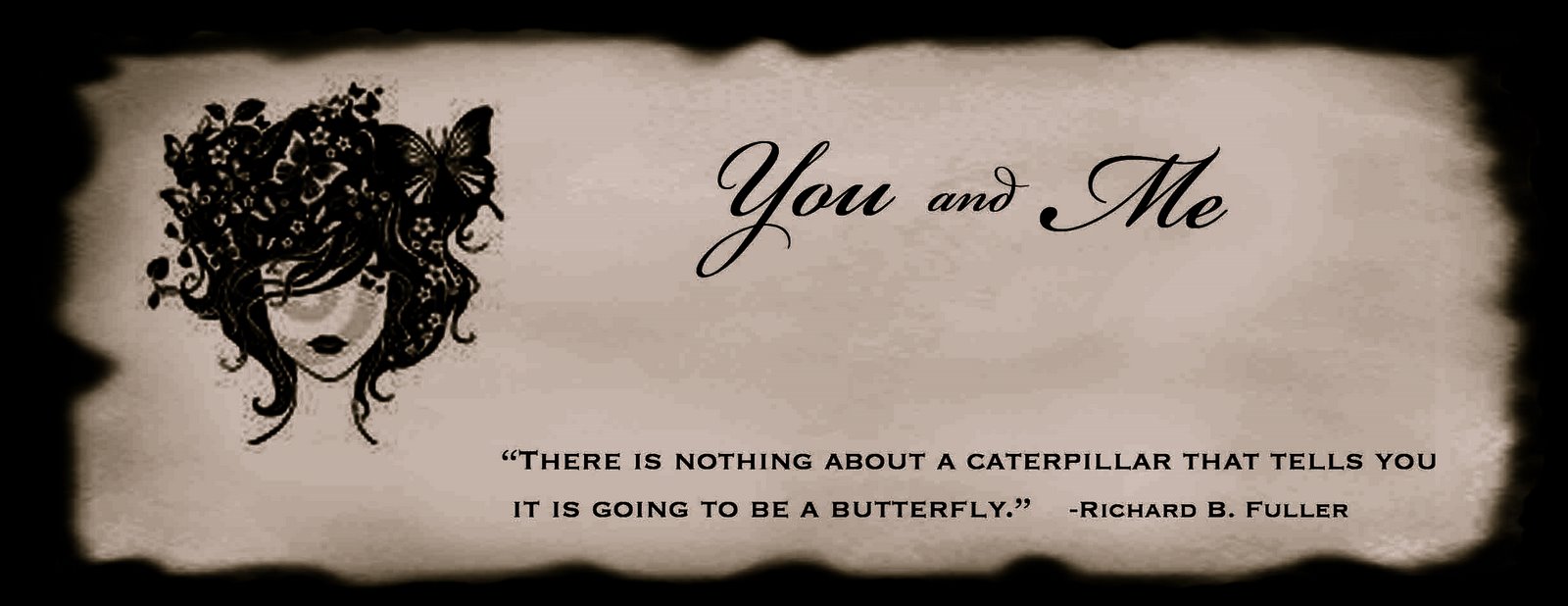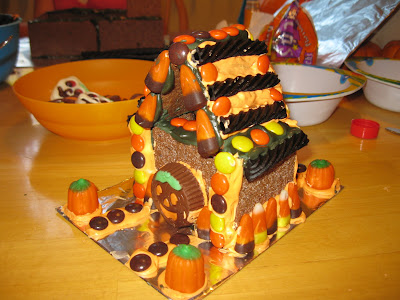Don and DeAnna Kennard first arrived in the VILLAGE KERSA ILLALA when they came to pick up a little girl they had adopted. They wrote about the experience. "When we first came to the village we were stunned with the pitiful human suffering. It was beyond our comprehension to realize how a child could survive and grow to maturity in such dire circumstance. It seemed every child was shivering with cold, dressed only in filthy rags,
usually only a thin ragged t-shirt, nothing else. They had infected eyes, ears and noses. Most men had no shoes and we don't remember a single child or woman with a pair. The need for proper nutrition was obvious in the skeletal features, vacant eyes of everyone, the swollen bellies, and the reddish hair of the children. Animal and human excretion were everywhere including on the floors of their huts, and it seemed no one tried to avoid stepping in it with their bare feet. Flies swarmed continually, countless ones at a time crawled on their faces, legs, and arms. Bits of garbage were stuck in the bushes and on pathways. Occasional pieces of shoes that had been literally worn till they fell off the person's foot lay about, as well as torn shreds of cloth."
Lon and DeAnna slowly discovered the little girl they were taking home had five siblings, one in grave condition. So the Kennard couple went home with six adopted children to add to the seven biological children they had already raised.
After returning to the U.S., the memory of this village weighed on the couple's minds. The world was sending what support they could to help the people of Ethiopia survive, but the Kennards sensed a need that went much deeper. While Lon was working on a humanitarian aid project in Mexico he had an epiphany. The villages in Ethiopia needed something to provide an opportunity for them to THRIVE, not just survive. In this moment of truth he developed a dream that soon became Village of Hope- Ethiopia.
VILLAGE OF HOPE - ETHIOPIA
Founded by Lon and DeAnna Kennard
MISSION
"To provide individuals and families with an opportunity to not only survive, but to thrive."
"It is our goal to take one village at a time and help develop all the areas necessary for the entire village to improve their health and standard of living, and create a sense of teamwork, cooperation, and independence."
AREAS OF FOCUS...
1. NUTRITION

BEFORE: Their diet almost entirely consisted of wheat and corn.
AFTER: They teach the importance of mothers providing balanced diets. They offer seeds and teach techniques to each family willing to care for personal gardens. They also offer 5 fruit trees to to anyone who will commit to keeping them watered during the dry season.

2. SANITATION
BEFORE: Read the intro above :)
AFTER: They teach sanitation lessons that include the necessity of properly using and caring for latrines, bathing children, airing and cleaning bedding, keeping human excretion cleaned up from pathways and homes, basic hygiene, concept of germs and how they are spread, and keeping the village cleaned up in general.
3. FRESH WATER

BEFORE: They were drinking water from the river that runs near the village, which was at times raw sewage. It was also used for livestock, as a garbage dump, a dead animal disposal site, laundry site, and bathing facility.
AFTER: In 2005 a water well was completed that was funded by the LDS church. It has six water stations with fresh drinking water, bathing facilities, and wash basins. Since the installation of this system they have seen a sharp decline in disease and illness.
4. MEDICAL

BEFORE: There was no facility to treat patients when they first arrived so they set up clinics under the village "gathering tree." Each time the doctors arrived, news of their presence would be spread by word of mouth, and in the next few days they would have as many as 5,000 people waiting in the field, having walked as far as 100 miles away. People were suffering with terrible illnesses, but the doctors could do little to help them with their few medical supplies.
AFTER: There is now a medical clinic with doctors, nurses, medications, and supplies.
5. HIGH RISK CHILDREN

BEFORE: The prevalence of death in Ethiopia creates a large amount of orphans. Also, because of the repression of rural women and girls, millions of them are "on the run," needing refuge from their oppressors. When they do escape from their oppressors they are hunted down and if found are imprisoned, raped, circumcised, and beaten until their willingness to escape has been destroyed.
AFTER: There is now a High Risk Children's Center which provides protection, food, clothing, shelter, education, medical care, and nurturing. Village of Hope works with agencies to assist in finding permanent homes for the children.
6. EDUCATION

BEFORE: Because of the large number of children per family and not enough funds to send them to school, many of the children never get an education.
AFTER: In January 2006 a scholarship program was developed that allowed young men and young women to attend local private school, providing a much higher education than the overcrowded public schools in Ethiopia.

7. FOCUS ON YOUTH
BEFORE: The youth felt no value or hope in their role within the community.
AFTER: A Youth Service Program was developed. The youth are provided opportunities to do service in the community, create unity and friendship among various social groups, create leadership opportunities, and create a sense of pride and ownership in the community.
8. AGRICULTURE

BEFORE: There were times when the village did not eat in over a week because the community harvest had not started.
AFTER: The villagers entered an agreement to plant personal gardens. They are provided the seeds and grain. The Morrell Family Charities came and did an evaluation of the soil and climate finding the area comparable to the Simi Valley in California which is the most productive agricultural area in the U.S. This evaluation concluded that adding a second crop and harvest to the community during the dry season was possible.
9. FAMILY INCOME / ECONOMIC DEVELOPMENT

BEFORE: Unemployment of fathers in Ethiopia is 95%. The income families do have is from selling their crops. A further problem is that once a child is educated, there is no work that uses their education.
AFTER: Families are provided a small income as the fathers do community service. Mothers and fathers are required to attend monthly educational classes on topics including micro financing, setting up small businesses, and improving farming techniques. In 2008 the Women's Education Center was built to provide opportunities for women to learn occupations and qualify for loans. Plans are underway to start a cooperative dairy in Kersa Illala and the surounding villages, making Kersa the center for dairy in Ethiopia.
10. CULTURE, RECREATION, AND MUSIC

BEFORE: When they first came to the village there was no hope and no celebration for life.
AFTER: With a new hope the Youth Group is thriving in this area. They have martial arts classes, perform traditional music and dance for the village, and perform dramas.
11. RESPECT

BEFORE: It was a case of "every man for himself." That left out women and children, who had no more respect than animals. The men were in such a panic to "get things" that they would exploit anyone to get success for themselves.
AFTER: All the programs have an emphasis on making sure girls and women in the village are given equal or greater opportunities. Identical services are provided to all regardless of tribal affiliation.
12. SERVICE TO OTHERS

BEFORE: Individuals were starving and utilizing all their efforts to feed themselves and then their families.
AFTER: The community programs are active in providing service and support to needy individuals and the community as a whole. Community fathers and youth are harvesting fields for widows, clearing roads, improving the appearance of the public schools and repairing homes of the elderly.

13. SPIRIT AND PRIDE
BEFORE: Decades of attempting to survive have taken a toll on the spirit of the people.
AFTER: Hope, respect, work, and celebration are now the core of the community. All those receiving from these benefits are providing service or receiving education as a way of earning their benefit.

"The villagers are loving, appreciative, intelligent, tough, religious, courageous, prayerful people. You will be recognized as an answer to their prayers. They will never forget you. There is much to do, but lots of fun to have, as you inspire these great people, and you are inspired by them. With your help they can improve their lot and become self sufficient and prosperous."
VISIT THEIR WEBSITE
HOW YOU CAN HELP
Donate Flip-Flops (see beginning of post)



















































